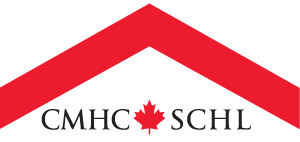The COVID-19 pandemic has changed the household debt picture, at least for the time being. The debt-to-income ratio is a key indicator of debt as a vulnerability of the financial and housing sectors.
The household debt-to-income ratio decreased in all major Canadian metropolitan areas between April and June. Under normal circumstances, such a decline would signal a general improvement in households’ ability to pay off debt. Indeed, temporary government transfers effectively supported income losses. This most likely helped with reducing outstanding non-mortgage debt during those months. However, the mortgage part of household debt has increased in most metropolitan areas while employment has contracted.
Since entering the second wave, there has been great uncertainty regarding households’ ability to continue servicing their growing mortgage debt. It is crucial to study the dynamics of household debt, income and savings in Canada. This will allow for the assessment of the potential risk of rising delinquencies on mortgages and other credit products,
Key Findings in Canada
- Q2 household debt is 17% down from the Q1 at 158% of disposable income
- debt-to-income ratio had not significantly deviated from 175% since 2016 (see figure 1)
- debt-to-income ratio for mortgage debt was also down, falling from 115% to 105%
- debt-to-income ratio decline was a direct result of an increase in household disposable income (the level of outstanding debt was largely unchanged)
- on average, disposable income grew by nearly 11% between the Q1 and Q2 of 2020 and by 15% year over year (this important income surge reduced the household debt-to-income ratio to a level last seen in 2010)






 Share via Email
Share via Email
